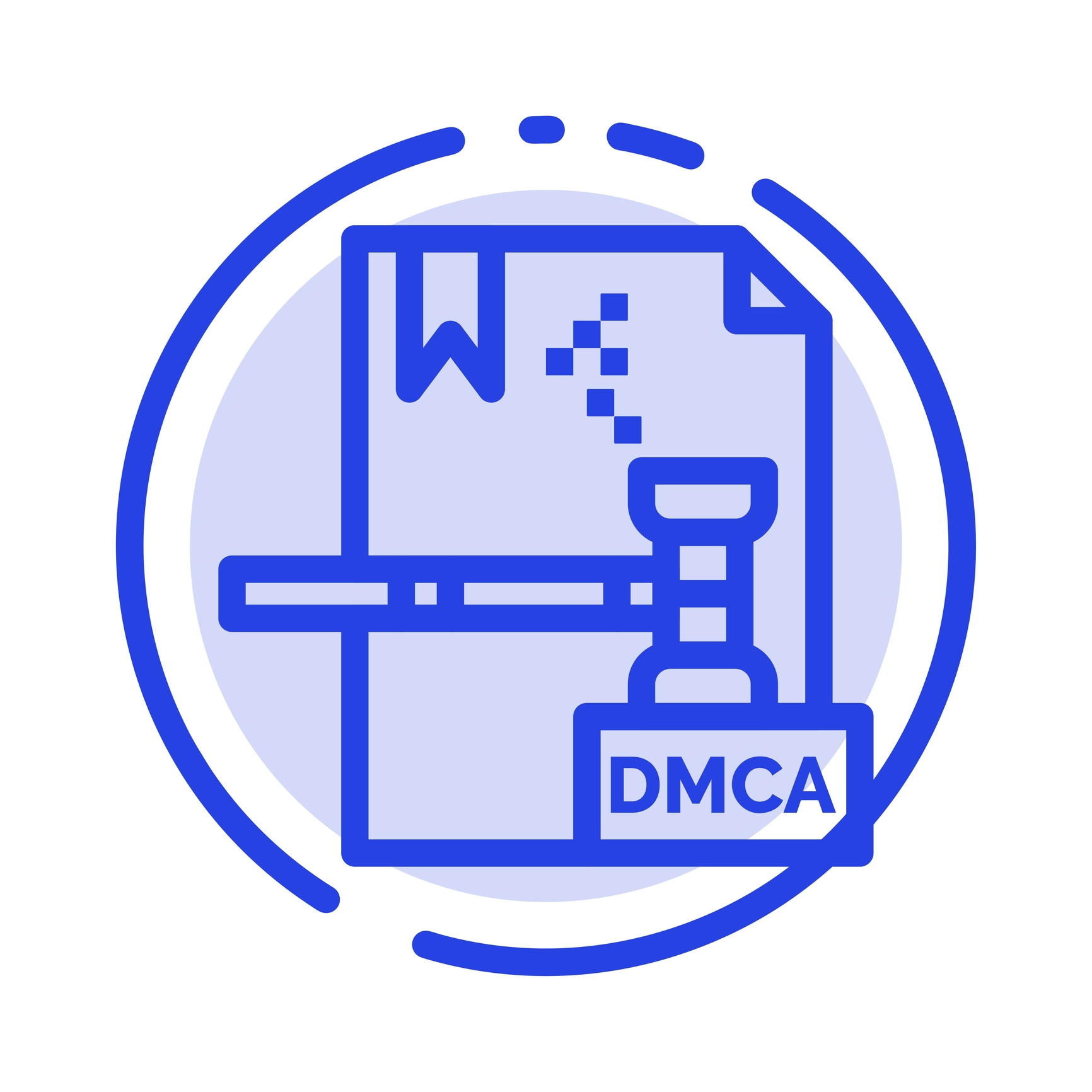
In 1998, the Digital Millennium Copyright Act (DMCA) became law. That year, Chumbawamba’s “Tubthumping” topped the charts, Mark McGwire broke the home run record, Google, Inc. was formed, and smartphones didn’t yet exist. The Web was in its infancy, but online service providers were concerned about their potential liability for hosting users’ content.
The DMCA added a new section 512 to the Copyright Act, limiting the liability for online service providers who hosted unmodified user content, adopted methods to terminate access to repeat copyright infringers, didn’t interfere with copyright protection technology, and complied with copyright owners’ requests to remove infringing material. This “safe harbor” wasn’t a blanket protection; in 2001, the 9th Circuit Court of Appeals found that Napster was not entitled to protection because its business model was based on encouraging users to share files, and Napster essentially turned a blind eye to widespread copyright infringement on its platform. In 2005, a unanimous Supreme Court found that file-sharing site Grokster sought to profit from widespread copyright infringement and was therefore liable for such infringement.
Fast-forward to today. Napster and Grokster lost their court battles, but infringement itself may be winning the war. Copyright owners are pitted against giant corporations such as Google and Facebook, who want the owner to do the heavy lifting. To have an infringing image removed from Google Image Search, Google directs the owner to “please provide the landing page URL from which we can extract both the webpage URL and image URL containing the allegedly infringing content.” What happens when one image is located at 100 different URLs – or 100,000 different URLs?
Like many teens, my son is glued to YouTube, and he often tells me when a popular YouTuber’s video is taken down because of DMCA issues. Sometimes these are legitimate (the video used an artist’s music without paying for a license) and sometimes they aren’t (a company is hyper-vigilant and demands removal even when the use falls under the “fair use” doctrine). Google now submits copies of DMCA takedown demands to the Lumen project, so the public can judge whether they are legitimate or not. Sunlight is truly a powerful disinfectant. DMCA takedowns can also be used for political purposes – Twitch users commenting on a recent Democratic debate were temporarily banned due to a DMCA takedown request from an organization that vanished suddenly once Twitch started looking into it. This was probably not the DMCA’s intended purpose.
It may be time to review the current state of the DMCA’s section 512. Towards this end, the Senate held its first hearing in February on potential changes to Section 512. This impassioned debate will continue throughout the year, and it is unclear what changes may result. It could be another very interesting 20 years
— Joshua Waterston, Esq.

